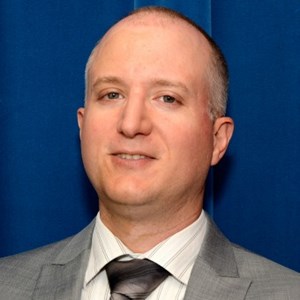Americans are getting older. Between 2021 and 2022, the average age of the U.S. population increased by 0.2 years, to 38.9.
In 17 states, the average age is above 40 — as high as 44.8 years in Maine.
The demand for healthcare is increasing because of demographic changes and improved longevity — due to amazing breakthroughs in medicine and technology. There are headlines about gaps in primary care but little attention to eye care.
Eyesight is the most important of the five senses and critical for many jobs. It would not be controversial if eyesight could be improved or the loss of eyesight prevented with little or no costs to taxpayers. In fact, it would perhaps even qualify as a “no-brainer.”
Ophthalmologists are specially trained medical doctors focusing on eye care. Yet, as the demand for eye care is trending upward with no end in sight, the number of ophthalmologists is projected to fall.
In 2022, 450 ophthalmologists completed residency and were eligible to begin working. But 550 ophthalmologists retired that year. Thus, the number of ophthalmologists decreased by 100 providers nationwide in 2022.
Are Americans doomed to not have access to eye care? Not if we let optometrists step up and do what they are trained to do.
Optometrists are highly trained healthcare providers. Like medical doctors, they receive four years of education beyond their bachelor’s degree. Many Americans receive eye care from optometrists.
Recognizing the need for additional eye care providers, states in the 1980s and 1990s granted optometrists the ability to treat patients for eye diseases like glaucoma. As a result of this change, research suggests that vision impairment declined by 11 percent. Also, evidence found significant declines in vision impairment within communities of color.
Recognizing an ever-growing need, 11 states grant optometrists the ability to perform in-office laser procedures. Active legislation in several more states — ranging from New Hampshire to Kansas and South Dakota — would implement similar reforms.
Not surprisingly, some ophthalmologists resist this change, alleging optometrists are not sufficiently trained. Ophthalmologists may fear they will be replaced, but they will always have a role to play.
Optometrists, like any other medical provider, will not want to do work that exposes them to legal liability — situations where they need a second opinion. When optometrists are presented with ailments they are uncomfortable treating, they can make the necessary referrals to ophthalmologists. The two professions are not mutually exclusive.
With declining numbers of ophthalmologists, Americans need access to more eye care professionals. Optometrists are up to the task.
History has shown that optometrists are capable of doing more. Let’s not allow red tape to prevent these critical healthcare providers from meeting their full potential.





